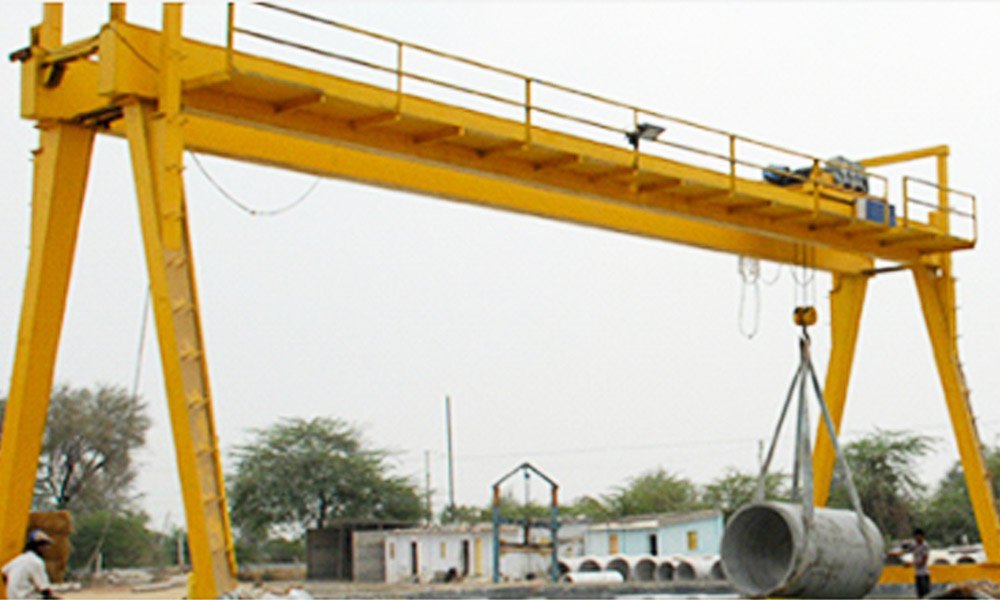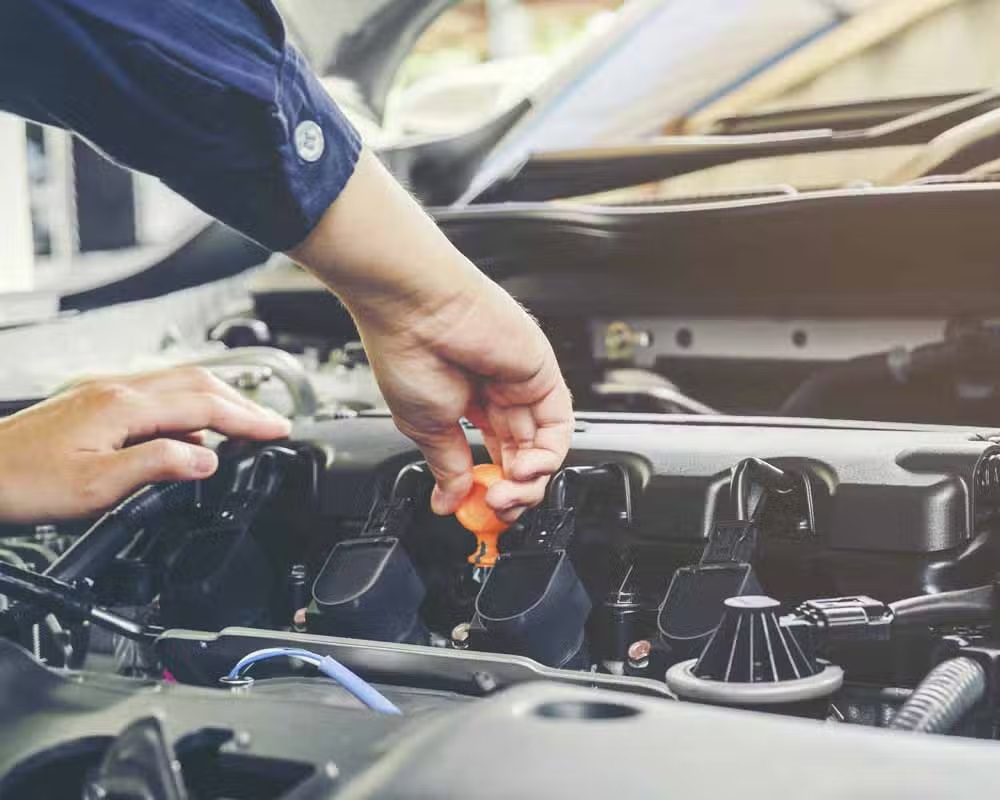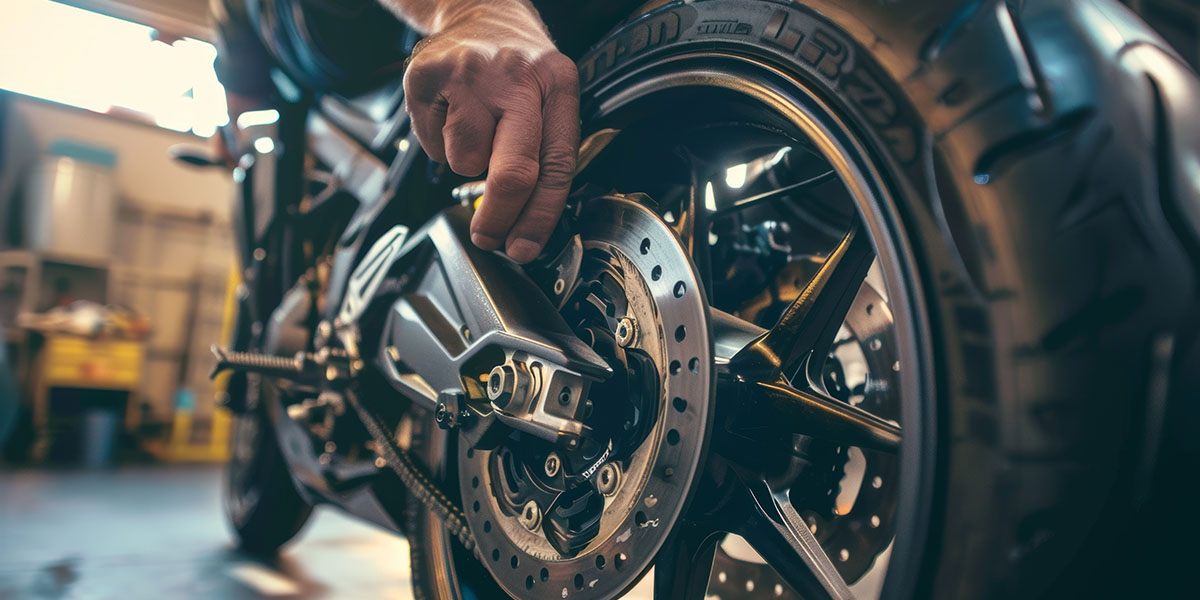
Keeping Heavy Lifting Alive: A Comprehensive Look at Galion Crane Parts
In the world of construction, manufacturing, and logistics, the demand for reliable heavy-lifting equipment is unwavering. Among the many names synonymous with quality and endurance, Galion cranes have secured a lasting place. Known for their rugged design and dependable performance, these machines continue to serve job sites and projects around the world — often long after newer models have come and gone. Yet keeping these cranes operational depends heavily on one critical factor: access to high-quality Galion crane parts.
The Enduring Legacy of Galion Cranes
Galion Iron Works, founded in the early 1900s, quickly established itself as a leader in industrial equipment, especially road construction machinery. It wasn’t long before the company expanded into cranes — a move that would cement Galion’s legacy in the heavy equipment industry. By the mid-20th century, Galion cranes were recognized for their versatility, durability, and engineering precision.
Although production has slowed and changed ownership over the decades, many Galion cranes remain in active service today. Their continued use is a testament to the brand’s robust design and the loyalty of those who operate and maintain them. However, longevity comes with its own challenges, particularly in sourcing the right Galion crane parts to maintain optimal performance.
Why the Right Parts Matter
Crane operation is a high-stakes business. A malfunctioning hoist or unstable boom doesn’t just slow down a project—it can endanger lives. That’s why using proper Galion crane parts is not a matter of convenience but a necessity for safety, compliance, and efficiency.
Original Equipment Manufacturer (OEM) parts are typically the gold standard because they match the exact specifications and tolerances the crane was designed for. Aftermarket options also exist, some of which offer comparable quality, but careful vetting is essential to ensure they meet industry standards. Subpar parts may initially appear to save money but often lead to higher costs down the line through increased maintenance needs, downtime, and even liability issues.
Commonly Needed Galion Crane Parts
Maintaining a Galion crane involves a range of components, from highly engineered mechanical parts to more standardized accessories. Some of the most sought-after Galion crane parts include:
- Boom sections and extensions: Vital for lifting capacity and reach, boom sections must be free of stress fractures and corrosion.
- Hydraulic pumps and cylinders: The lifeblood of the crane’s movement, these components require regular inspection and replacement to prevent catastrophic failure.
- Gearboxes and transmissions: These intricate systems control the rotation and extension of the crane, and wear over time can cause dangerous mechanical failures.
- Winches and cables: Critical for lifting operations, they must meet strict safety guidelines and be replaced at the first sign of wear.
- Control valves and levers: Precision in crane operation starts with the control mechanisms, and even minor issues can compromise a crane’s performance.
- Brake systems: Especially important in mobile cranes to ensure controlled movements and emergency stops.
Each of these parts plays a pivotal role, and overlooking even seemingly minor maintenance can have outsized consequences.
Challenges in Sourcing Galion Crane Parts
Finding genuine Galion crane parts can be a complex task, largely because many models have been out of production for years. Authorized dealers might carry a limited inventory, but operators often have to turn to specialty suppliers, rebuilders, and even salvage yards to find what they need.
One major challenge is part compatibility. Over the years, Galion cranes evolved through various models, each with specific design updates. Without precise knowledge of the model and serial number, sourcing parts becomes guesswork—something no responsible operator can afford. To navigate this, seasoned parts suppliers often maintain detailed databases and offer consulting services to help match cranes with the correct components.
Another obstacle is counterfeiting. As demand for vintage crane parts remains steady, counterfeit parts occasionally enter the market. These parts often fail to meet engineering specifications and can pose serious risks. Therefore, it is critical to source from reputable dealers who guarantee authenticity and provide quality assurances.
The Role of Refurbishment and Custom Fabrication
When original parts are unavailable, refurbishment and custom fabrication step in. Many workshops specialize in rebuilding Galion crane parts to their original specifications, often using improved materials or techniques that enhance the part’s durability without compromising authenticity.
Fabrication services may also create entirely new parts from original blueprints or detailed reverse engineering. While often more expensive upfront, these options can extend the operational life of Galion cranes by many years, making them cost-effective over the long term.
Rebuilding and fabrication are particularly crucial for highly specialized parts, such as unique gear sets or custom hydraulic components, where no direct replacement exists. These services require skilled engineers and machinists familiar with Galion’s engineering standards, emphasizing the importance of choosing experienced providers.
Best Practices for Maintaining Galion Cranes
Proper maintenance goes beyond simply replacing broken parts. Operators and owners who want to maximize their investment in Galion cranes should adopt a proactive approach. Regular inspections, detailed service logs, and predictive maintenance strategies are all key components.
Establishing a relationship with a trusted supplier of Galion crane parts can make a significant difference. Suppliers who understand the history and nuances of these machines can often provide invaluable advice, helping operators make smarter maintenance and upgrade decisions.
Keeping an inventory of frequently needed parts on hand is another best practice, especially for high-wear items like cables, hydraulic seals, and brake components. Scheduled maintenance shutdowns should be used to replace not only worn parts but also those that are approaching their expected service limits, thereby minimizing unscheduled downtime.
Operator training is equally critical. Even the best parts will fail prematurely if equipment is mishandled. Comprehensive training ensures that cranes are used within their design parameters, thereby reducing unnecessary strain on critical components.
The Future of Galion Cranes and Parts Availability
While the era of Galion crane manufacturing has largely passed, the future remains surprisingly bright for those who rely on these workhorses. The aftermarket parts industry continues to evolve, with more suppliers embracing advanced technologies like 3D scanning and CNC machining to recreate rare parts with incredible accuracy.
Digital platforms also simplify the process of locating Galion crane parts. Operators can now access extensive online catalogs, place custom orders, and even participate in online auctions dedicated to vintage heavy equipment components. This connectivity has helped bridge some of the gaps left by traditional distribution networks.
As long as demand persists—and there is little indication that it will diminish any time soon—the ecosystem supporting Galion cranes will continue to innovate and adapt. For operators, mechanics, and parts suppliers alike, preserving these iconic machines is not just about maintenance; it’s about honoring a legacy of American engineering excellence.
Conclusion
Galion cranes represent a remarkable chapter in industrial history. Their longevity is not accidental—it is the product of superb engineering, rugged construction, and a committed user base that refuses to let these machines fade into obscurity. Central to their continued success is the availability and proper use of high-quality Galion crane parts.
Sourcing the right components, maintaining stringent maintenance schedules, and working with knowledgeable suppliers are not just operational necessities—they are acts of stewardship. In a world that often rushes to discard the old for the new, the ongoing story of Galion cranes serves as a reminder that with the right care and parts, true craftsmanship can stand the test of time.




